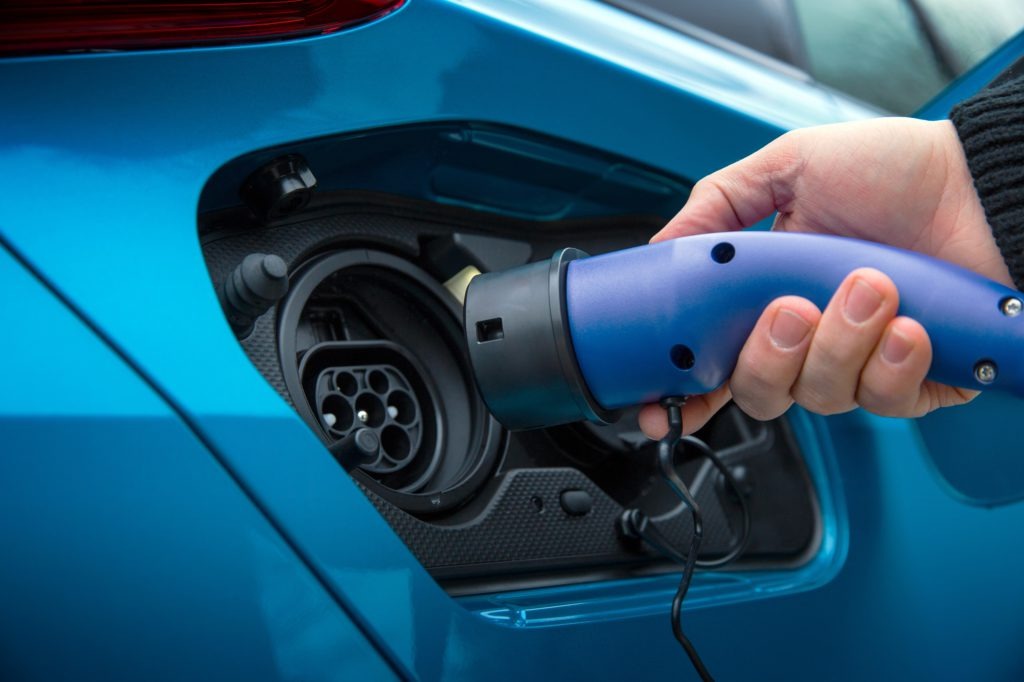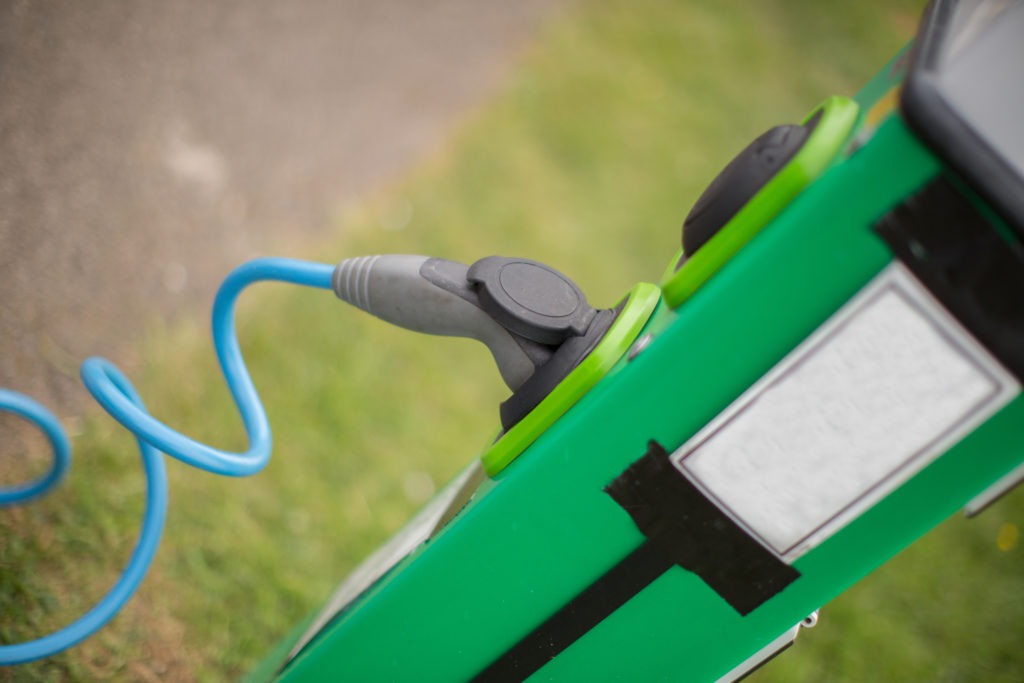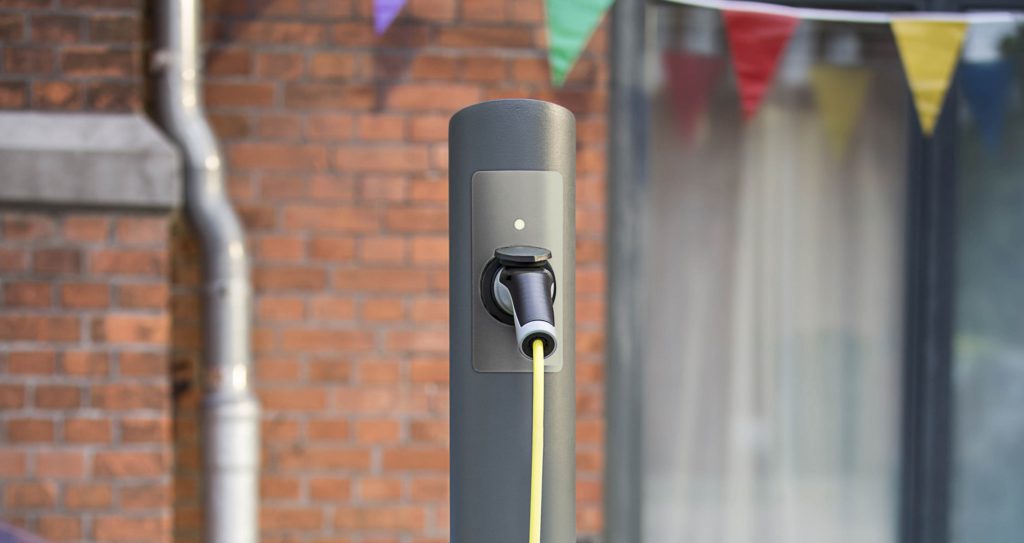New buildings in England must come with charge point
23 November 2021

New homes and buildings in England must come with electrically-chargeable vehicle (EV) infrastructure from next year. The plan will cover a range of different locations, such as workplaces, supermarkets and properties undergoing major renovations.
Prime Minister Boris Johnson claimed this regulation will lead to the installation of up to 145,000 extra charging points each year. This will add to the roughly 250,000 home and workplace charging points the government has so far supported.
The installation of EV infrastructure will be essential for the UK as it lays out its electrification roadmap. By 2030, the sale of new cars and vans powered solely by an internal-combustion engine (ICE) will end. Then by 2035, these new vehicles must have no tailpipe emissions at all, ruling out any hybrid technology. For this transition to work, charging points must be in place so EVs are actually useable.
Home, non-residential and renovations
In his speech at the Confederation of British Industry (CBI), Johnson pointed out the majority of EV charging takes place at home. So, setting up new-builds to support electromobility will help ensure homes are futureproofed.
The same is true of workplaces and commercial locations which will be important for people needing to boost their batteries on the go. Under the plans, buildings undergoing large-scale renovations (which will leave them with over 10 parking spaces) will also need to install electric infrastructure. ‘This is a pivotal moment – we cannot go on as we are,’ Johnson said. ’We have to adapt our economy to the green industrial revolution.’
This new regulation aims to make recharging an EV as easy as refuelling an ICE vehicle, removing a key barrier to electric adoption: charging anxiety. While the range of plug-in vehicles has been progressing at pace, this means very little if, at the end of its long journey, an EV cannot charge back up.
So, as well as regulating the introduction of more charging points, the government also confirmed it would address payment methods. Infrastructure users must currently negotiate a maze of different apps, providers and payment possibilities in order to plug in. The new plan will look to introduce more simple methods, including contactless payment at new fast and rapid charging points.
Electrified UK
EV registrations have continued on a promising trajectory in the UK. In the first 10 months of 2021, battery-electric vehicles (BEVs) and plug-in hybrid electric vehicles (PHEVs) captured 9.9% and 6.7% of the market respectively, exceeding diesel’s 15.1% share. The increased adoption of EVs appears promising but does emphasise the growing need for infrastructure. This demand has not gone unnoticed by automotive bodies, which are encouraging positive charging changes.
The UK’s Royal Automobile Club (RAC) welcomed the government’s latest move to future-proof homes and buildings. The group outlined that homeowners would gain the needed confidence to enjoy the benefits of a fully-charged EV. Meanwhile, workplace charging would allow those without access to home facilities a place to charge.
However, the RAC did point out that not all new builds come with car parking, let alone the provision for EV infrastructure. The group is therefore calling for the installation of rapid charging hubs as a priority. ‘By supplementing points already installed in places like forecourts and supermarkets with rapid chargers, drivers without off-road parking will have a realistic opportunity to go electric,’ RAC director of EVs Sarah Winward-Kotecha said. ‘In addition, it gives those needing to recharge on longer journeys greater flexibility to do so.’
She went on to explain that while adding to infrastructure is important, these points must actually work. Winward-Kotecha identified a growing trend of EV drivers reaching public charging points only to find out they are out of order, meaning they need to use the RAC’s call-out battery boost service.



